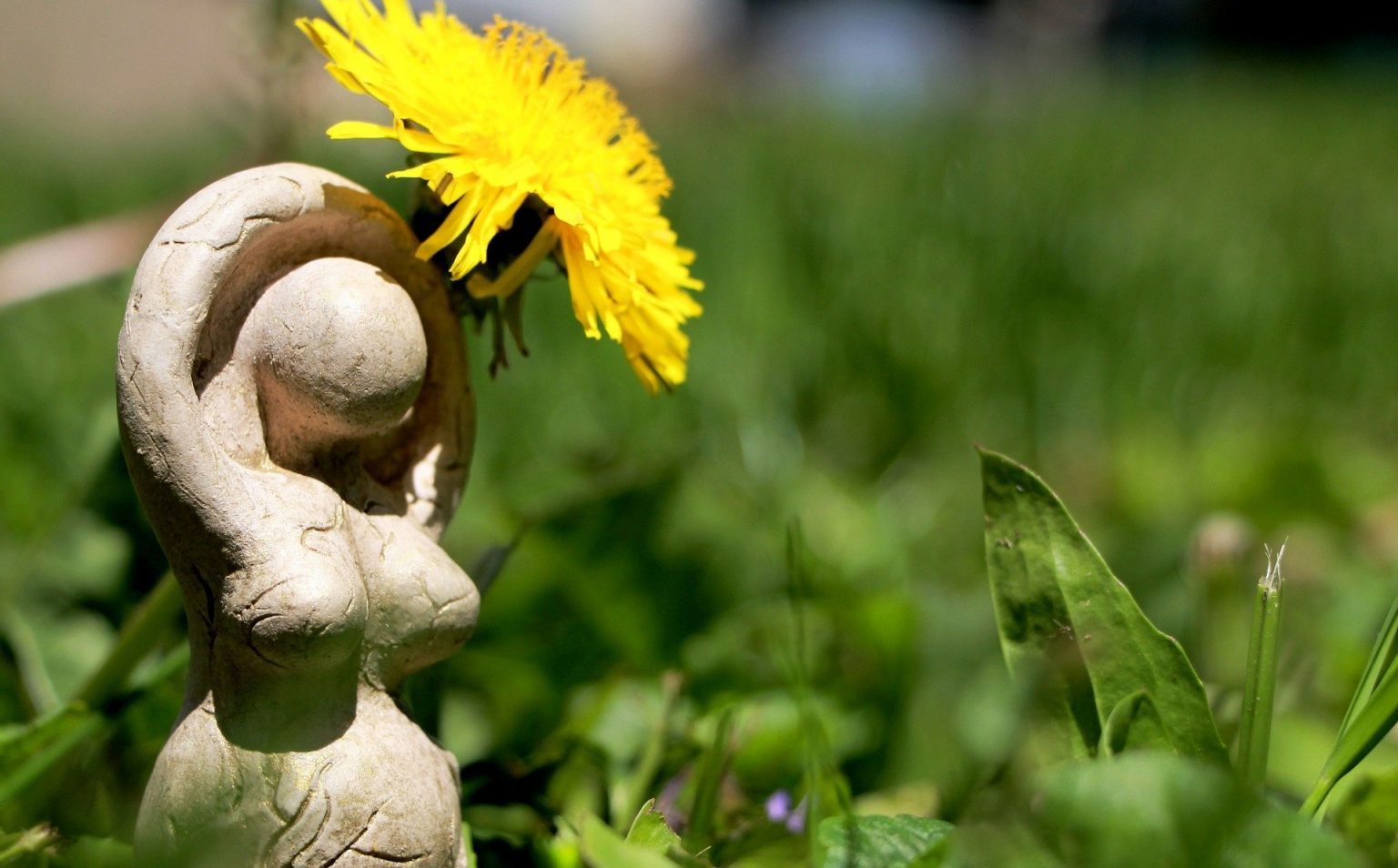If you have a chance to see The Rite of Spring on a stage, buy tickets right now! I promise: you won’t fall asleep during the performance.
When it comes to the end, you will be jumping with excitement… or perhaps loudly cursing the composer, the choreographer, the dancers and me.
The Work of Madmen
For centuries, ballet was considered the kingdom of celestial creatures. Not only protagonists but also merciless villains in The Sylph or, let’s say, Swan Lake moved so gracefully, that the audience just couldn’t help admiring them.
On May 29th, 1913, Parisians gathered in the Théâtre des Champs-Élysées. The evening began with a classical ballet. The next item on the program was the premiere of the ballet Le Sacre du Printemps, which we know as The Rite of Spring.
It was choreographed by a famous dancer, Vaslav Nijinsky. Many spectators had heard of the composer, young Igor Stravinsky, too. He wrote the music for Petrushka premiered in Paris two years earlier.
The orchestral introduction began. According to Stravinsky, it expressed “a swarm of spring pipes.” The music, sounding slightly strange, provoked the first sneers.
The curtain was raised…
 Dancers in barbaric costumes were stomping and bouncing, their bodies seemed to be convulsed with strong primitive emotions.
Dancers in barbaric costumes were stomping and bouncing, their bodies seemed to be convulsed with strong primitive emotions.
Even if a dancer froze for a moment, that looked disgusting: contrary to all aesthetic principles of ballet, they were standing with their toes facing each other!
Spectators’ laughing, booing, and hissing became so deafening, that the music has drowned in the noise. “Everything available was tossed in our direction, but we continued to play on”, – the conductor Pierre Monteux remembered.
Heated with the atmosphere of the scandal, people picked a few fistfights among themselves. Some of the fighters were ejected.
The riot receded significantly during Act II. The final dance symbolizing the death of a sacrificed virgin was observed almost in silence.
After the disastrous premiere, the performance was repeated five more times. Though the following occasions were relatively peaceful, The Rite of Spring still annoyed Parisian ballet goers. A great composer (I don’t want to mention his surname) attended the second performance and described it as “the work of a madman”. I wonder, who was mad in his opinion – Nijinsky, Stravinsky, or perhaps the costume designer Nicholas Roerich?
This is only the beginning of the story. The ballet was choreographed again. And again… It continues to be re-interpreted to the present day.
Here is a excerpt of a very good modern performance:
In the 1980s, the original choreography was reconstructed from photos, drawings and memoirs.
Find a recording of the reconstruction on YouTube (look for “Rite of Spring – Joffrey Ballet 1987″). I don’t share the video with you, because it’s available there in three parts.
Original The Rite remains a ground-breaking and mind-blowing work even today.
A Great Masterpiece
The ballet we’re talking about has no clear narrative. Dancers merely depict primitive pagan rituals.
Act I is called Adoration of the Earth. A tribe celebrates the advent of spring against a background of high hills. For us, the beginning of spring is something about sweet love and innocent youth; for them, it is a moment of truth.
A new life cycle begins. Mighty gods decide people’s fate. The tribe needs to appease the higher powers. The main ritual is carried out at the end of the act: the white-haired Sage blesses the Earth and the others try to merge with it through a passionate dance.
The action of the next part, The Sacrifice, develops in semi-darkness. Young girls play a mysterious game. They are moving in a circle until one of them falls down. As soon as this has occurred, the maidens enclose her like a flock of black crows would surround a white crow: the girl is the Chosen One.
The poor maiden is petrified. In a minute, she’ll dance to death… Her dance is the first and the only solo of the ballet.
Stravinsky, Nijinsky and Roerich could have created a lovely tale about ancient times but showed repulsive sacrificing a virgin. Why?
We should understand: these three artists strove “to appeal neither to the spirit of fairy tales nor to human joy and grief” (1).
Their goal was is to demonstrate archaic consciousness, a combination of savage fears and a childlike sense of wonder.
They wanted to demonstrate the true rhythm of spring as well. Spring is birth. No gentle sounds, no elegant movements can depict labor. Ask a woman who has ever given birth to a baby how she felt as the baby was coming out of her womb…
Experimenting with new artistic techniques, the creators of The Rite inadvertently predicted the future.
The dancers which are similar to clumsy rag dolls in the hands of invisible powers, the “white crow” who must be sacrificed on the altar of the common good – is this not an excellent illustration of terrifying wars and revolutions of the 20th century? Is this not a warning about the tragedies we can cause tomorrow?
Honestly, I don’t think we are wiser and kinder than spectators who were tossing “everything available” in the orchestra during the premiere of The Rite.
- Celestial Bodies: How to Look at Ballet Hardcover – Laura Jacobs, Basic Books, 2018
- Modernism and Music: An Anthology of Sources – University of Chicago Press, 2004

